Tips for Flower Photography! The flowers are lovely. Any level of photographer can use them as an excellent subject. One of nature’s most enjoyable photographic subjects is a flower. It can be rewarding, but it can also be challenging to capture their beauty on film.
Have you ever thought photography advice for flowers would differ from photography advice for other subjects? It makes sense because each kind of photography presents unique difficulties. Keep reading if you’re interested in learning particular advice for photographing flowers. You can navigate this lovely art form with the help of the suggestions listed below.
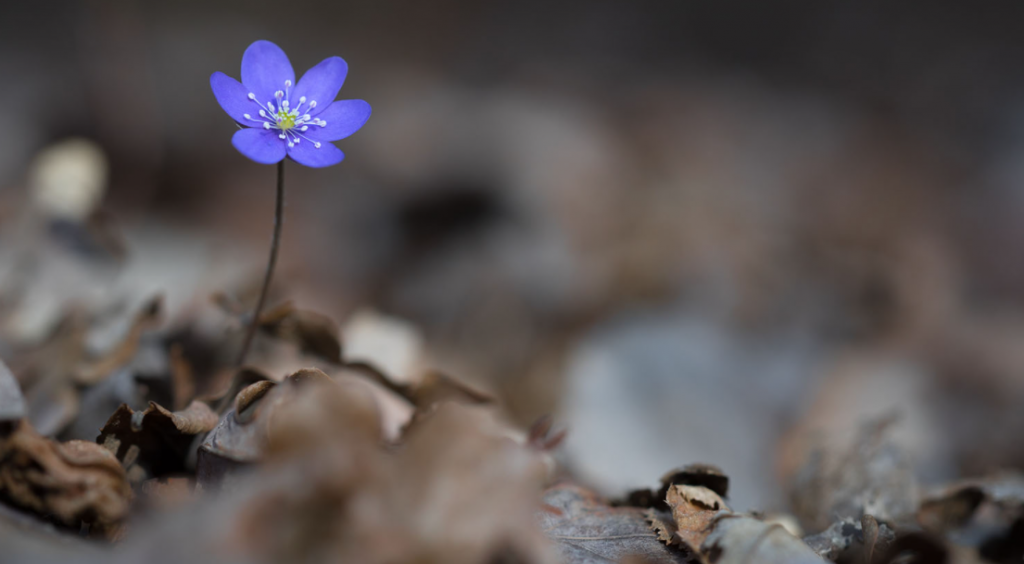
Because you are always interested in what you are doing, floral images add a terrific texture to your portfolio. One drooping blossom can be a striking work of art in the correct light and perspective.
You may not be aware of it, but there are suggestions for photographing flowers. You won’t need to pay a professional photographer if you use tactics like these to create stunning pictures of your flowers! Please read this article to learn how to make the most of your camera and capture beautiful images that dazzle everyone who sees them.
8 Amazing Tips for Flower Photography
If you enjoy being outside and are surrounded by lovely flowers, you might also take pleasure in photographing them. Here are some pointers to get you started taking photos of flowers:
1. Photograph in Cloudy Day
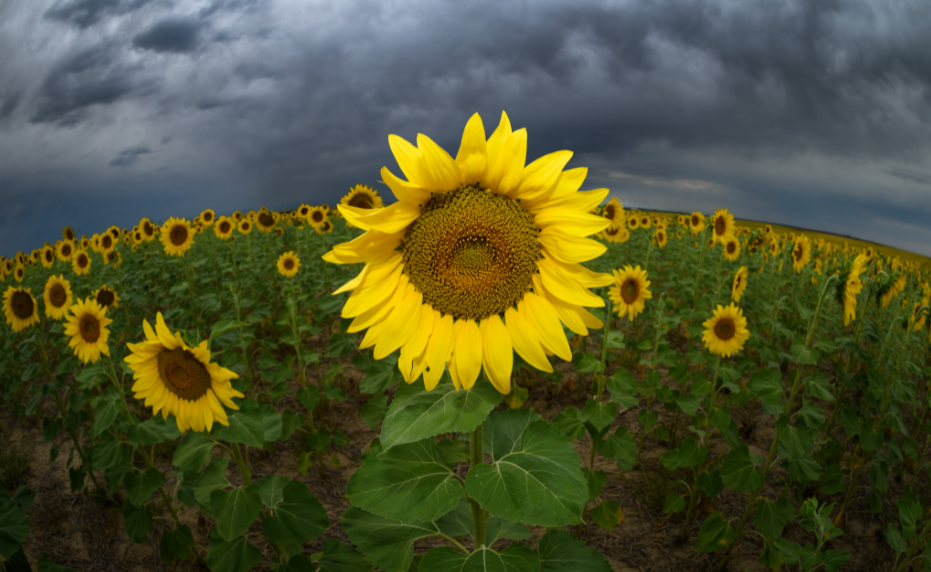
Take a flower photo on an overcast day. The best time to take pictures of delicate blooms like these is on a cloudy day. You can achieve an even exposure without worrying about shadows or anything else distracting from them because the gentle skylight matches their petals, and no solid bright places would accentuate any darkness in your photo.
2. Get up Close for Details
Because there are no barriers between the viewer and the subject matter, zooming in on an object or scene just enough to modify one’s viewpoint makes the viewer feel more invested than they would if they were viewing it from a distance.
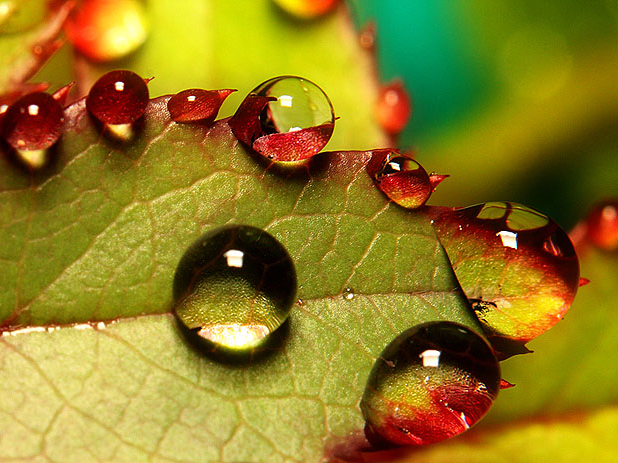
As I zoom in as far as possible, Only one of these specialized macro lenses can produce a lovely, high-quality floral photograph. These allow you to go as close to your subject as possible and give everyone who visits this website a ton of information. They unearth all these incredible things that our human eyes would have never been able to perceive, like petals on flowers or water droplets jutting out in unusual directions.
3. Experience Various Angles
It’s crucial to experiment with different angles while taking photos of flowers, just like with any other kind of photography. In doing so, you’ll be able to discover how to photograph flowers in their most beautiful light.
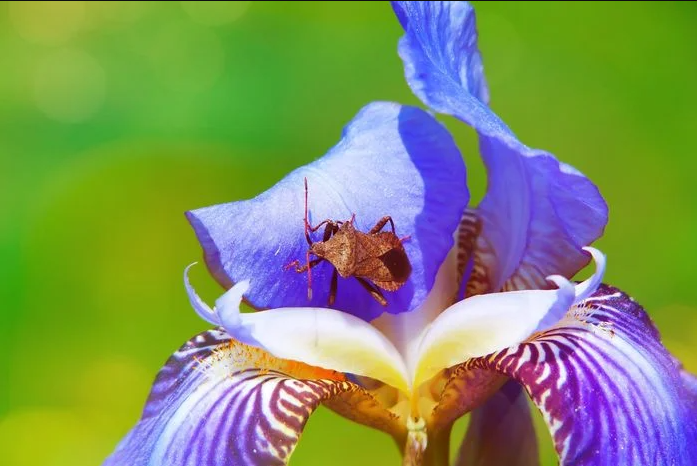
Try taking photos from above. Standing atop a step ladder or similar object is one way to accomplish this. Shooting from below is a different perspective that can be pretty effective. You can achieve this by bending your knees slightly or reclining on the ground.
Make sure you snap several pictures from various perspectives, regardless of the viewpoint you decide on. By doing this, you can be sure your photo of the flowers will be as good as possible.
4. Backlight Enhances Flower Colors
Since ancient times, backlighting has been used to transform vividly colored flowers into exquisite golds and whites. It also highlights the textures of things like leaves, giving each photo a previously unimaginable life. By late afternoon, focus on capturing the light after sunset.
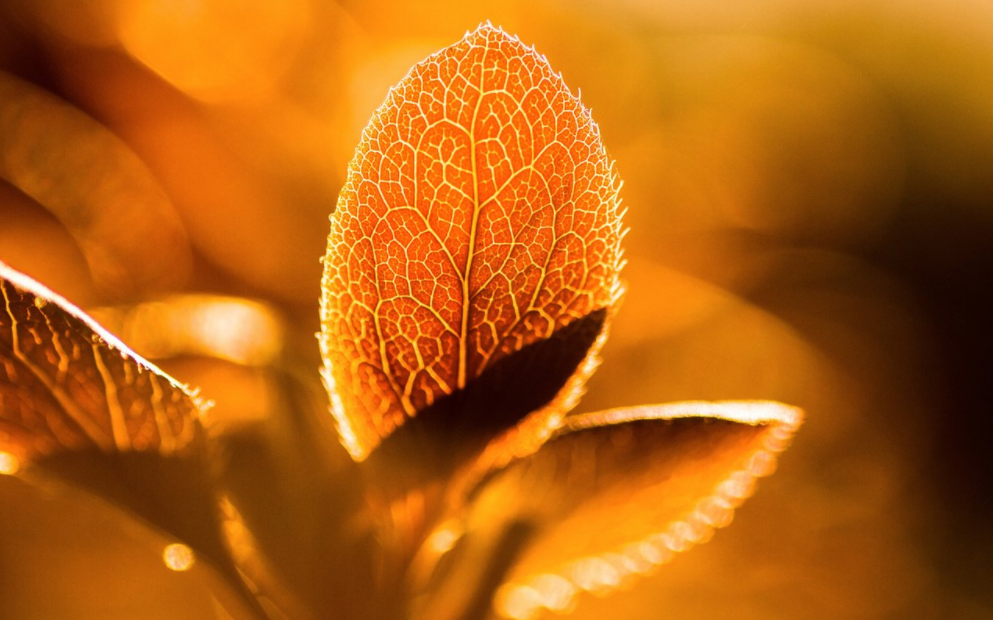
The sun is closest to the horizon in the late afternoon or early evening, the optimum time to photograph backlit flowers. As a result, it will fill your entire photo with a gentle, warm light. If you want an even more dramatic impact, try photographing the sun’s rays as they pass through trees. You can illuminate the blossom by positioning it behind or below the camera.
5. Enjoy the Sunshine
The simplicity of a flower is its beauty. A few buds, flowers, and leaves with traces of the natural world shining through them like stars on Earth are all required to make an impactful image!
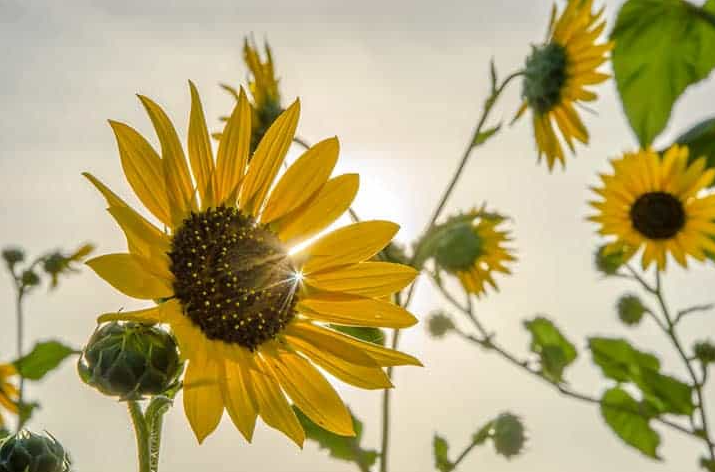
To get this shot, you’ll need the sun to be close enough to your subject—around midday when there’s more light than heathens who don’t believe they’re worth looking at because we’re habitually hypnotized by shiny things up high while everyone else below continues to go about their lives—but not too close that it burns away their delicate features before our eyes.
6. Modify Your Perspective
Try shifting your angle of view if you want to improve your flower photography. Try squatting low for an intriguing viewpoint or climbing up high for a bird’s-eye view instead of capturing the typical picture at eye level.
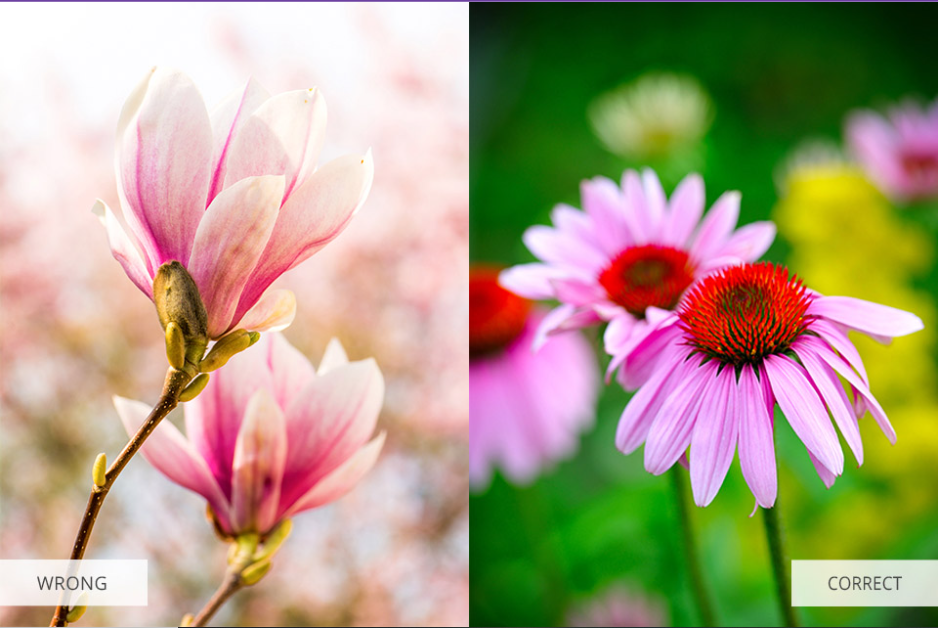
Getting low will give your pictures an intimate feel and work wonders for close-ups. Try lying on your back and observing the flowers above from a different angle.
Be bold and try new things; sometimes, the best pictures are those that you wouldn’t expect. You can take some interesting and lovely pictures by altering your point of view.
7. Consider Macro Lenses
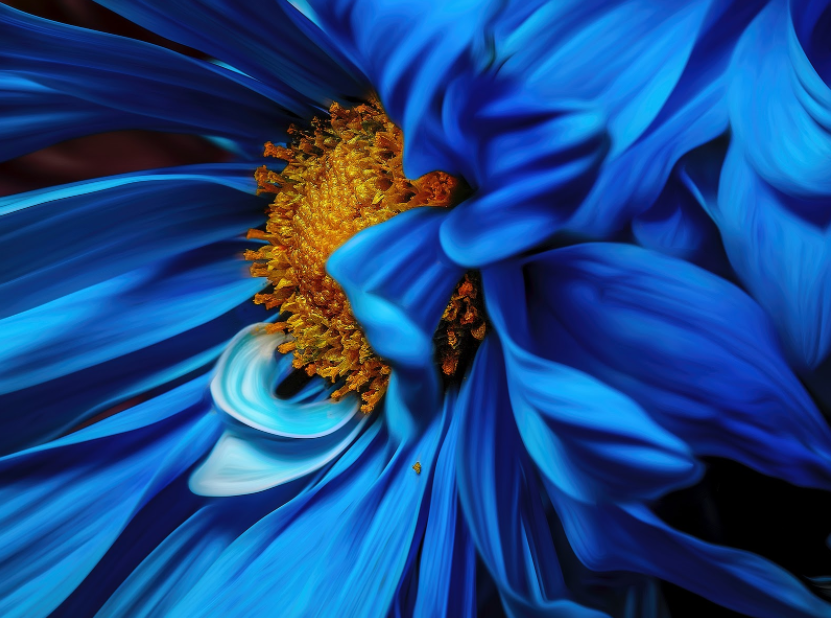
The ideal lens for photographing flowers is a macro lens, which offers a close focusing distance and unique images. Since close-up shots are now easily possible due to both distances between an object that needs focus and depth-of-field, where some parts will be focused depending on how far those critical points lie within your shot, using this type of lens enables photographers to get an image at a 1:1 scale from objects being photographed.
8.Use A Portable Light Tent
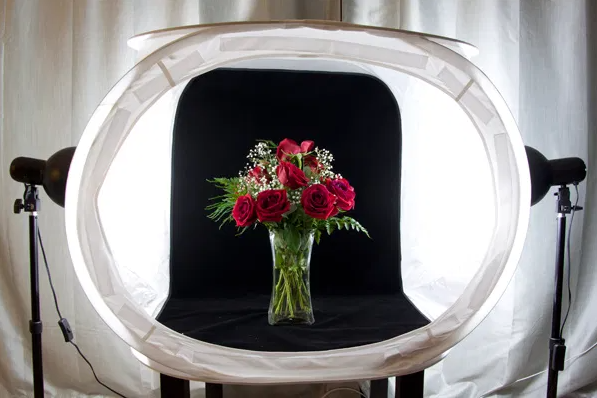
A light tent is one technique to achieve the ideal background for your photographs. With this reasonably priced and simple-to-use equipment, you may overcome challenging lighting settings while still giving diffuse illumination on flowers in product photography.
Read more about Nature Photography Tips.
Conclusion
In conclusion, the advice that follows will enable you to capture better pictures of flowers:
- Get near to your subject.
- Add light with a reflector.
- Adjust the aperture to a small value to get a shallow depth of field.
- Stabilize the camera with a tripod.
You may take stunning flower shots that you’ll happily share by using the advice in this article.



